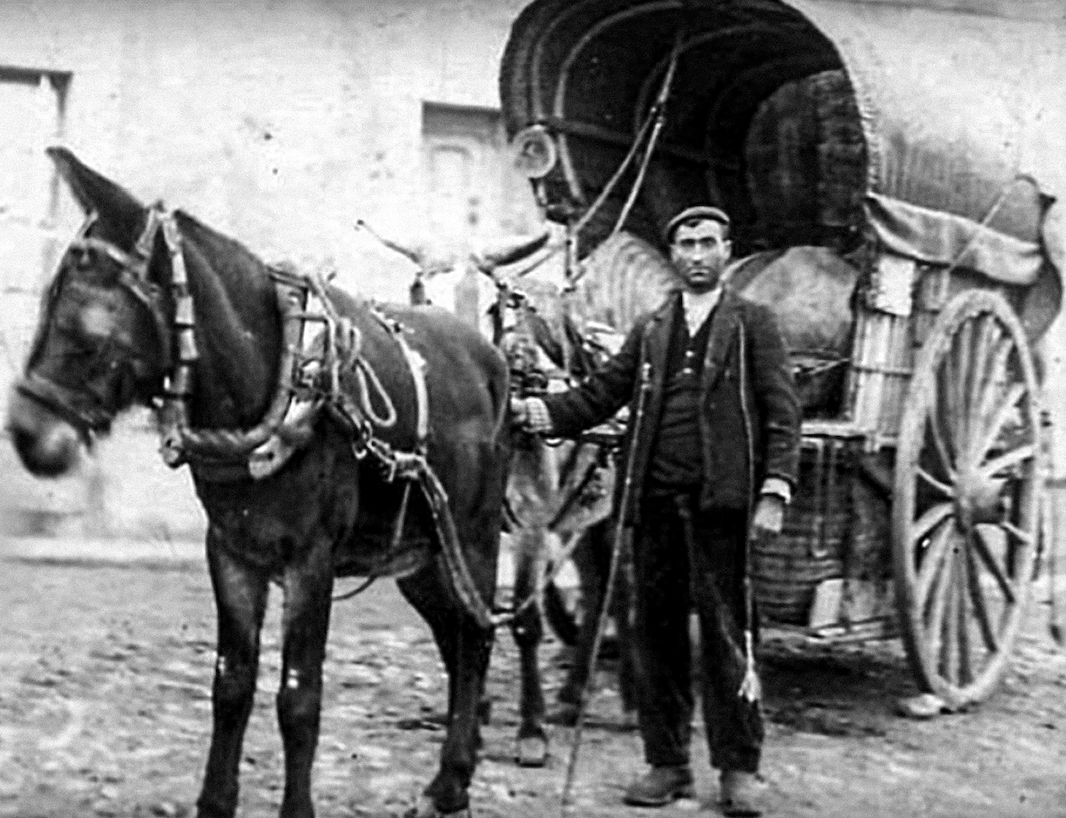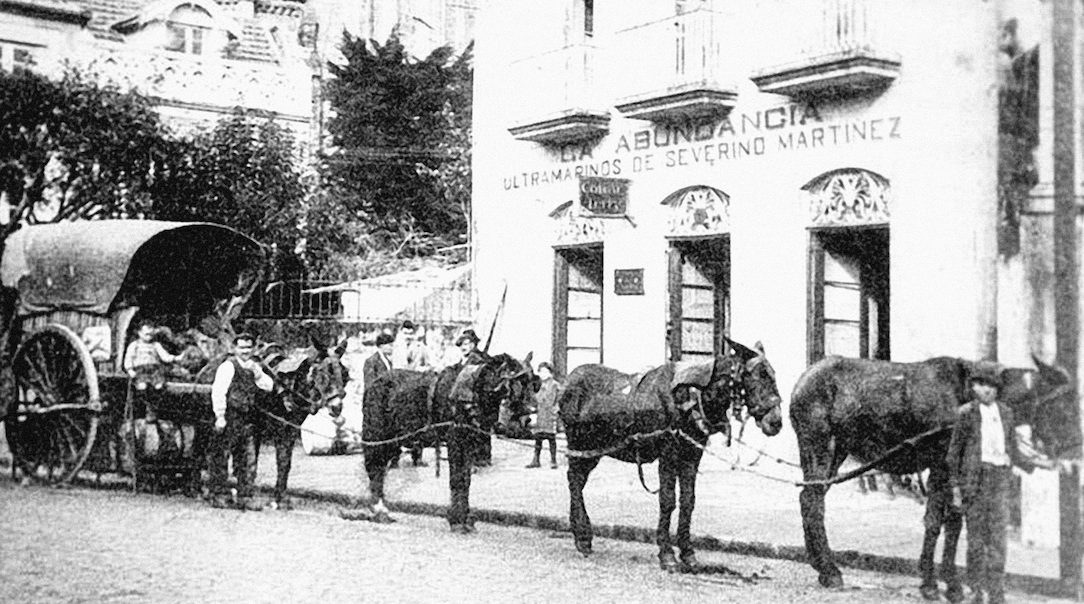Historic roads
Post houses and post offices
Between the 15th and 18th centuries, commercial post houses, inns and inns, a specific type of construction linked to the provision of services to muleteers and travellers, were built alongside the busiest roads. This type of building was located next to a main communication route (mainly royal roads, roads and post roads, although there were also some on secondary bridle paths) and offered different services: mail deposit, stagecoach rest, horse and postillion relief, food and food supplies, bed hire for the night, etc...

Casa dos do Santo, in A Carrasqueira
An example of a post house or post office is the one we find next to the church of Santa María de Taboexa, on the old Camino de Lira, which linked the town of As Neves with this parish of Salvaterra, where an important livestock fair was held. Another example can be found near the Chapel of the Conception in A Carrasqueira, where the road linking Ribadavia with Tui used to pass.

The House of do Santo with a commercial window on the ground floor.
The post houses, inns and inns were located at the nodal points of the road, i.e. in the villages it crossed, near the main bridges and road junctions or at a certain distance from each other, thus facilitating the relief of draft animals, the rest of travellers and the delivery and collection of consignments. The inns and inns, linked to the logistics of transport, were also used for the delivery of letters and parcels, thus avoiding having to open the main door of the house to receive or deliver them.

Detail of the bricked-up commercial window in the place of A Igrexa in Taboexa.
Roads and roadsteads
The map of the Bishopric of Tui drawn by Rosendo Amoedo in 1766 shows in detail the layout of this medieval road which remained active during the Ancien Régime.
The medieval villages of Ribadavia and Tui were linked by a race or road suitable for carts that connected them with the ancient monasteries of Melón and A Franqueira, but also with the village of A Caniza, different parishes (As Achas, Corzáns, Entenza...), including the place of A Carrasqueira, in Taboexa.





